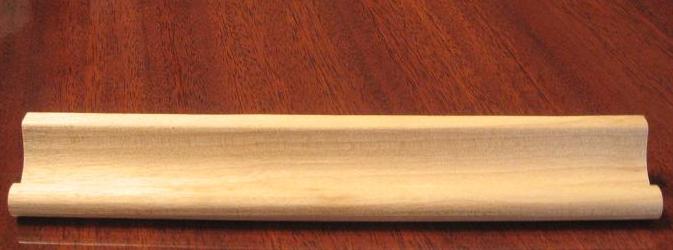Business Statistics Word Scramble

|
Embed Code - If you would like this activity on your web page, copy the script below and paste it into your web page.
Normal Size Small Size show me how
Normal Size Small Size show me how
| Question | Answer |
| Descriptive statistics | The techniques used to describe the important characteristics of a set of data. This includes organizing the data values into a frequency distribution, computing measures of location, and computing measures of dispersion and skewness. |
| Inferential statistics (statistical inference) | This facet of statistics deals with estimating a population parameter based on a sample statistic. For example, if 2 out of the 10 hand calculators sampled are defective, we might infer that 20 percent of the production is defective |
| Interval measurement | If one observation is greater than another by a certain amount, and the zero point is arbitrary, the measurement is on an interval scale. |
| Nominal measurement | The "lowest" level of measurement. If data are classified into categories and the order of those categories is not important, it is the nominal level of measurement. |
| Ordinal measurement | Data that can be ranked are referred to as ordinal measures. |
| Population | The collection, or set, of all individuals, objects, or measurements whose properties are being studied. |
| Ratio measurement | If the distance between numbers is a constant size, there is a true zero point, and the ratio of two values is meaningful, then the data are ratio scale. |
| Sample | A portion, or subset, of the population being studied. |
| Statistics | The science of collecting, organizing, analyzing, and interpreting numerical data for the purpose of making more effective decisions. |
| Charts | Special graphical formats used to portray a frequency distribution, including histograms, frequency polygons, and cumulative frequency polygons. Other graphical devices used to portray data are line charts, bar charts, and pie charts. |
Created by:
chelsealynne
Popular Business sets
